Scientists and engineers have to work together to create the best satellite design. The scientific aim of your mission will directly affect how your CanSat should be engineered. Here, you will find the outline of your mission and hints to the hardware components you should include. The CanSat must be designed to accomplish a pre-defined primary mission and a secondary mission of your choice. Below you can find more information about the two missions.
Air temperature
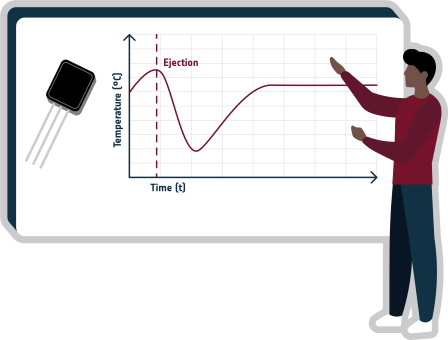
Primary Mission
The team must build a CanSat and program it to accomplish the following compulsory primary mission. To measure, after release and during descent, the following parameters:
- Air temperature
- Air pressure
and transmit these data as telemetry to the ground station at least once every second
During the post-flight analysis, it must be possible for the team to analyse the data obtained (for example, make a calculation of altitude) and display it in graphs (for example, altitude vs. time and temperature vs. altitude).
Air pressure
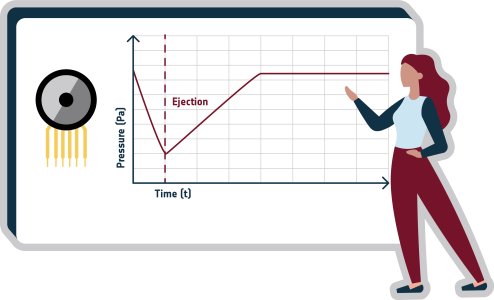
Secondary Mission
The secondary mission of the CanSat must be selected by the team. Teams can take ideas from real satellite missions or collect scientific data for a specific project, make a technology demonstration for a student-designed component, or any other mission that would fit inside the CanSat and show its capabilities. Teams should brainstorm their own mission objectives, ideas and constraints in order to try to define their mission. The student teams are free to design a mission of their choice, as long as they can demonstrate to have some scientific, technological or innovative value. Teams should also keep in mind the limitations and requirements of the CanSat mission and consider the feasibility (both technical and administrative in terms of time and budget) of their chosen mission. Teams are invited to take inspiration from ESA missions for designing their own secondary missions, which could form the basis of a real space mission! Below are three examples of secondary missions.
Advanced telemetry
Targeted landing
Planetary probe
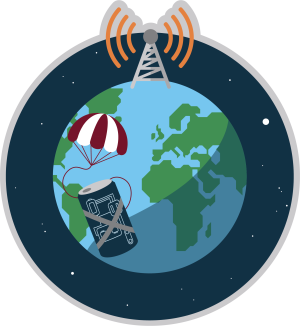

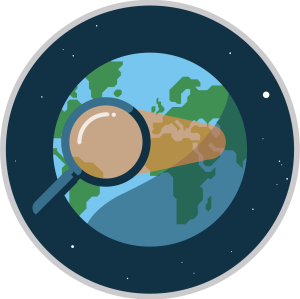
When designing your secondary mission concept and hardware components, consider if there is additional data you would like to retrieve and analyse for your specific project besides temperature and pressure, such as acceleration, GPS location or radiation levels.
It can be very important for the scientists and engineers to recover their payload, therefore a targeted landing is sometimes necessary. Your CanSat design could include advanced telemetry/telecommand to help navigate a targeted landing. Alternatively, your CanSat could incorporate a bespoke parachute or airbag.
Your CanSat can simulate an exploration flight to a new planet, taking measurements on the ground after landing. You should define your exploration mission and identify the parameters necessary to accomplish it (e.g. pressure, temperature, samples of the terrain, humidity, etc.).
